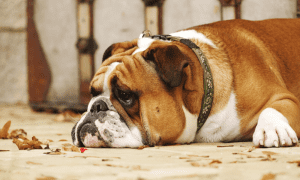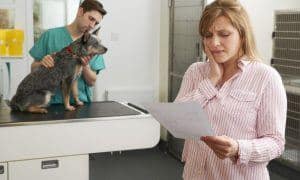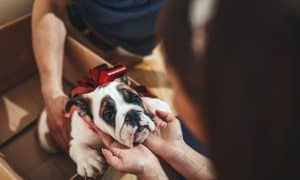“This post contains affiliate links, and I will be compensated if you make a purchase after clicking on my links.”
Setting up shop and working from home can have numerous benefits, most notably, the ease of not having to go to an office every day. Often times, this work can be done on a flexible schedule or in different locations. It can also bring a number of potential customers to your home on a relatively frequent basis. However, it can also have a number of risks. One such risk is making pets anxious by having new visitors over constantly at random times throughout the day. This is one of many things that can greatly increase the risk of a dog bite and the associated consequences.
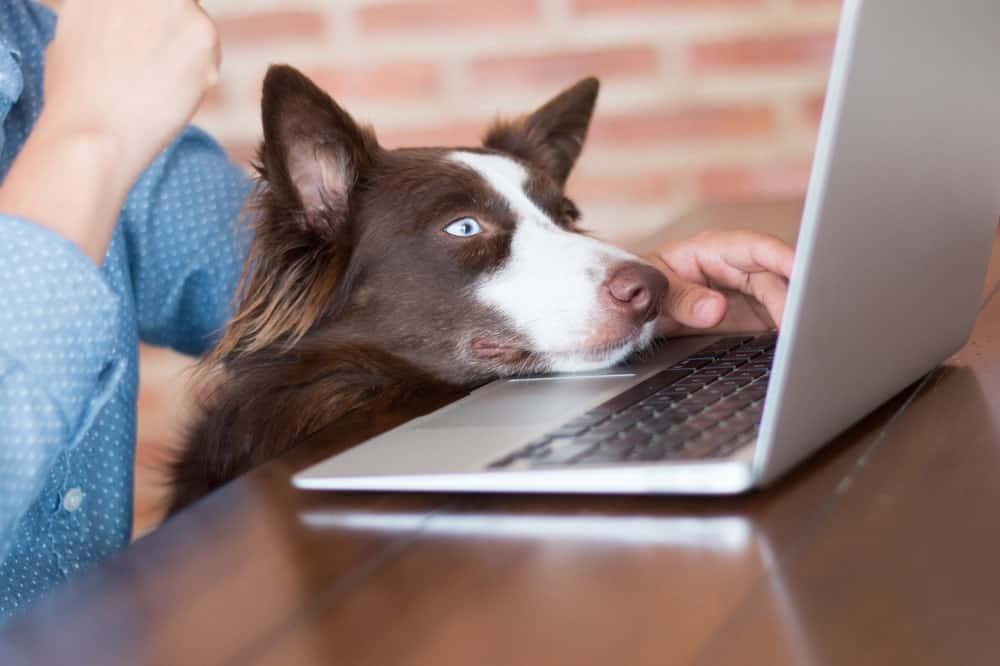
Given this risk, it is important to take adequate precautions to protect both yourself and your pet in the event of a bite. Take time to learn how your dog reacts to new situations and understand mannerisms that could precede a bite. Work to train your pet to lower bite risks. And finally, in the event of a bite, know what to do to take care of it effectively and how to protect your business.
Protecting Yourself
Perhaps the single best way to protect yourself and your customers from a dog bite is to be cognizant of how the dogs you are around are acting. Most frequently, dogs bite out of fear or surprise. Especially if you have adopted a dog, understand that they may have had a difficult life prior to living in their new home and unexpected things can cause fear and trigger negative reactions.
Surprising dogs and getting into their personal space too quickly can also lead to bites. When customers are being introduced to your dog for the first time, make sure your pup knows they are coming. Ask those who wish to pet your dog to not approach from behind and to allow your dog to sniff their hand before they start petting him.
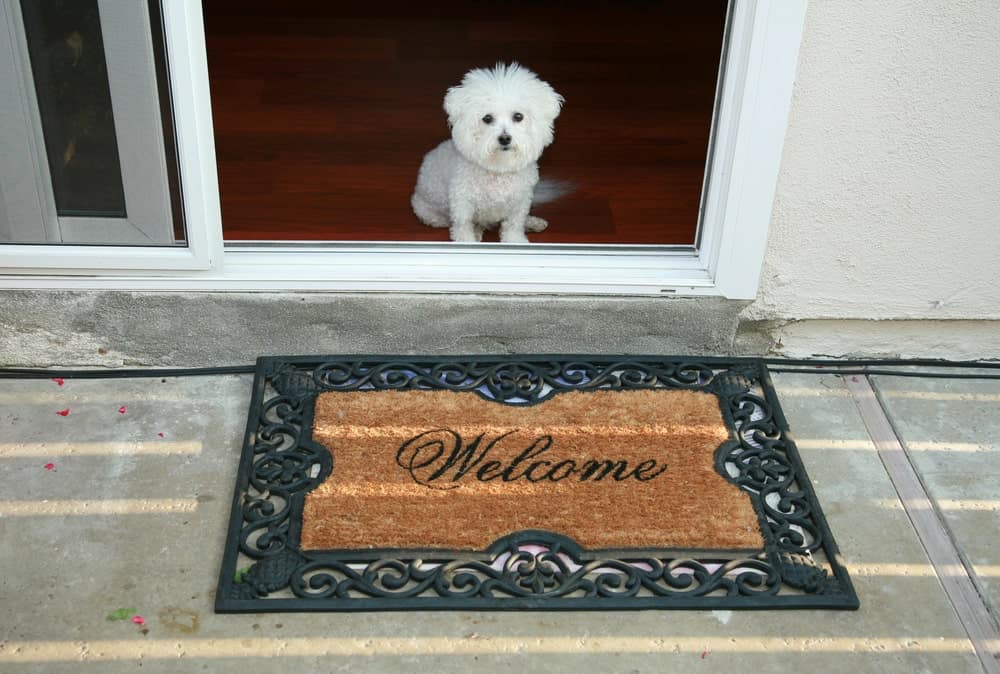
Beyond simply finding ways to avoid a dog bite, there are other protections to keep in mind. For instance, if you run a business from your home, it is important to have insurance that covers you if any dog bite occurs on your property (whether it was your dog or not). Be certain when you are looking at policies to be covered for all of life’s unexpected accidents.
Treating a Bite
If something does happen and someone is bitten by your dog, there are a number of steps to take to help clean the wound and avoid any sort of infection. As the owner, make sure your dog is up to date on their vaccinations and have answers ready if the victim asks about the dog’s vaccination history. This information will give them an idea of how serious any bite might be. For instance, if the dog is not current on its rabies vaccinations, that may be something to be concerned about.
A dog’s teeth have the ability to not only break the skin, but go deeply, substantially increasing the risk of infection. If the skin is not broken, it is likely okay to just wash the area with soap and warm water. If the skin was broken, you will also need to wash the wound and try to take a few additional precautions after the wound has been cleaned.
For instance, while washing, press on the would to help flush out any bacteria. And if the wound is bleeding a lot, use a towel to help stop it. Once it has stopped use antibacterial cream before bandaging it. Be certain to change bandages a couple times per day to help prevent infections.
Training Your Own Dog
If you have a puppy or have recently adopted a dog, it is of the utmost importance to make sure you fully understand the likelihood of them biting another person. If necessary, take steps to help train the pup out of biting. Puppies especially will bite a lot for teething and it is valuable to train them out of nibbling on you early.
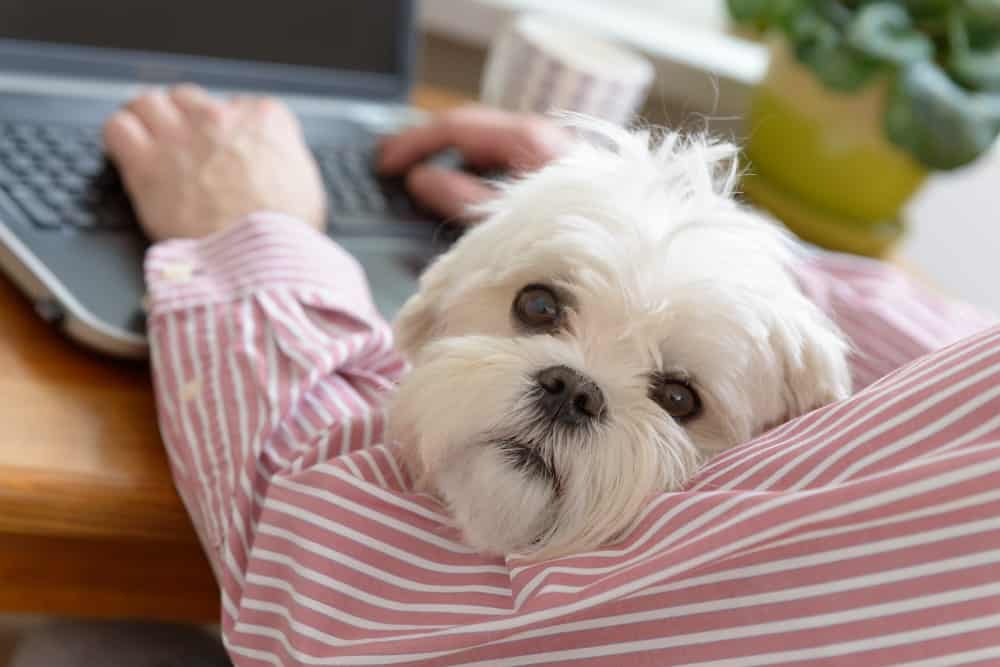
As you are training your puppy, remember that negative or aggressive reinforcement does not work. Never hit, push, or yell at a dog that is using you as a teething device or playing too rough. Rather, work with them by giving them something that is okay to chew on and promptly ending any play that involves biting.
It’s also vital that you socialize your puppy. Socializing means getting your puppy familiar with various people, animals, situations, and environments so that they are not scared, nervous, or reactive to unfamiliar things. The earlier you can socialize your puppy the better, as adult dogs have a harder time adjusting to new things and are more likely to be nervous and reactive by nature.
These training tools are especially valuable if your work involves using your dog for anything like pet therapy. Pet therapy involves using animals as support pets that can help people work through difficult situations or provide some extra love and care for people in need. Therapy pets are required to meet rigorous safety and training requirements that help prevent injuries to those that are weak or already injured.
Dogs are great companions and wonderful friends, however, it is important to understand and respect the warning signs of a dog that may bite. If you are working from home, be aware of the risks associated with having your dog present and take steps to mitigate them. In the event of an accidental bite, be certain that you know how to quickly and effectively address the situation.
Jori Hamilton is a writer and dog lover from the Pacific Northwest who enjoys animals and the great outdoors. If you’re interested in reading more of her work you can find her on Twitter or view her portfolio here.

